Relearning about Keio University and Yukichi Fukuzawa(2)
02: The Story of Yukichi Fukuzawa, the Founder of Keio University
The Well-known Portrait on the 10,000-yen Note
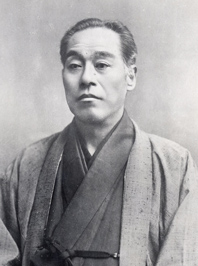
Fukuzawa’s portrait on the 10,000-yen note was first issued on November 1, 1984. He was chosen as one of the leading cultural figures of the Meiji era; at the same time, Inazo Nitobe was selected for the 5,000-yen note and Soseki Natsume for the 1,000-yen note. Even when the designs were renewed in 2004, and the portrait for the 5,000-yen note was changed to that of Ichiyo Higuchi and the 1,000-yen note to that of Hideyo Noguchi, Fukuzawa’s portrait has remained on the 10,000-yen note until today.
The very first 10,000-yen notes that were printed in both 1984 and 2004 are kept at the Bank of Japan Currency Museum, but the second banknotes printed with the serial numbers “A000002A” were gifted to Keio University and have been preserved with great care.
Words that were born from Fukuzawa’s Translations
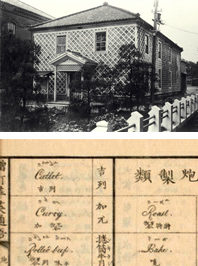
It is well known that Fukuzawa coined the Japanese words “演説 (enzetesu)” for “speech” and “弁論 (benron)” and “討論 (toron)” for “debate.” This was before the establishment of a parliamentary government in Japan, and he introduced the Western-style rhetoric with the aim to make verbal expression of one’s opinion a part of the culture and custom of Japan. To hold public speaking events, Fukuzawa had the Mita Public Speaking Hall (Mita Enzetsu-kan) built in 1875, which still stands today on Keio’s Mita Campus.
Apart from these words, there are many foreign words that Fukuzawa translated into Japanese. For example, during his visit to the United States in 1860, he bought an English/Chinese dictionary. He later published Zotei Ka-Ei Tsugo (English-Japanese dictionary), which was a Japanese translation of the dictionary along with the pronunciation of the English words. In the dictionary, Fukuzawa wrote the word “curry” as “コルリ (koruri)” in katakana, which became today’s “カレー (karee).”
Fukuzawa’s Unmatched Passion for Photography
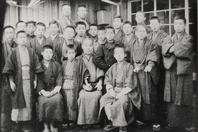
There was wide-spread speculation a few years back that the iconic portraits of Takamori Saigo is not really of him. In fact, a lot of people in the Meiji era disliked having their photos taken. However, Fukuzawa had a love for photography, and many photographs of him in various poses and situations were taken from when he travelled to the US as a young man through to his later years.
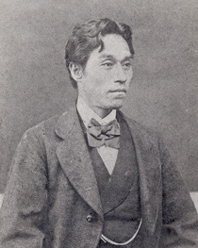
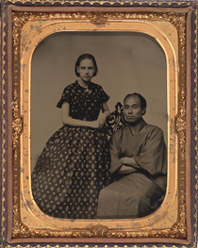
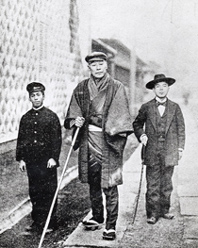
Relearning about Keio University and Yukichi Fukuzawa(3) is scheduled to be updated around October 19.
